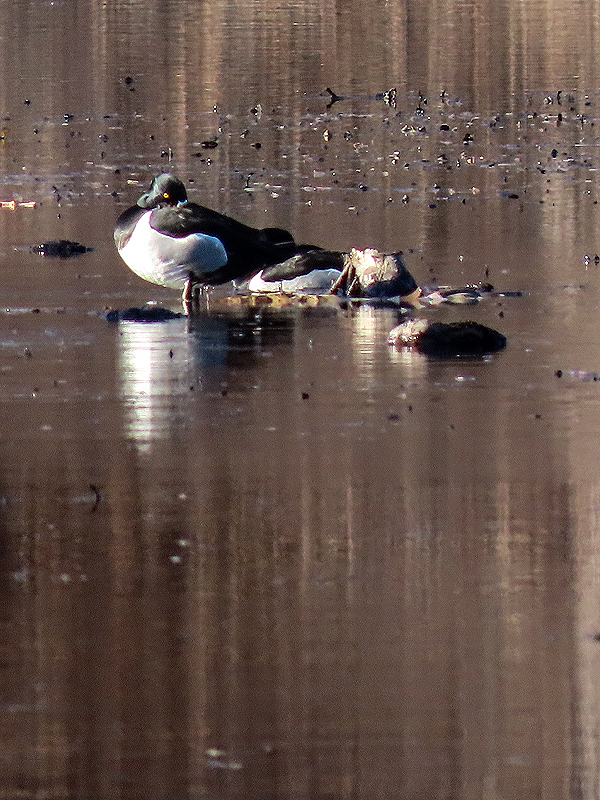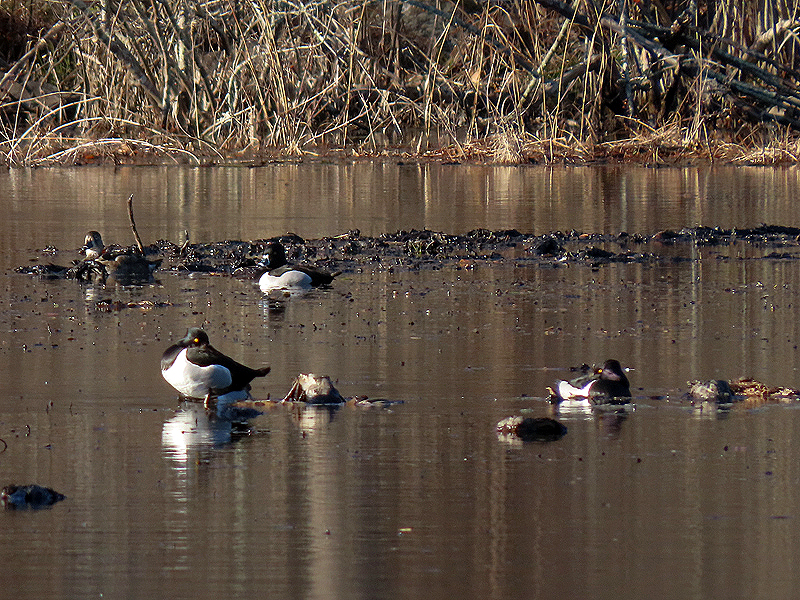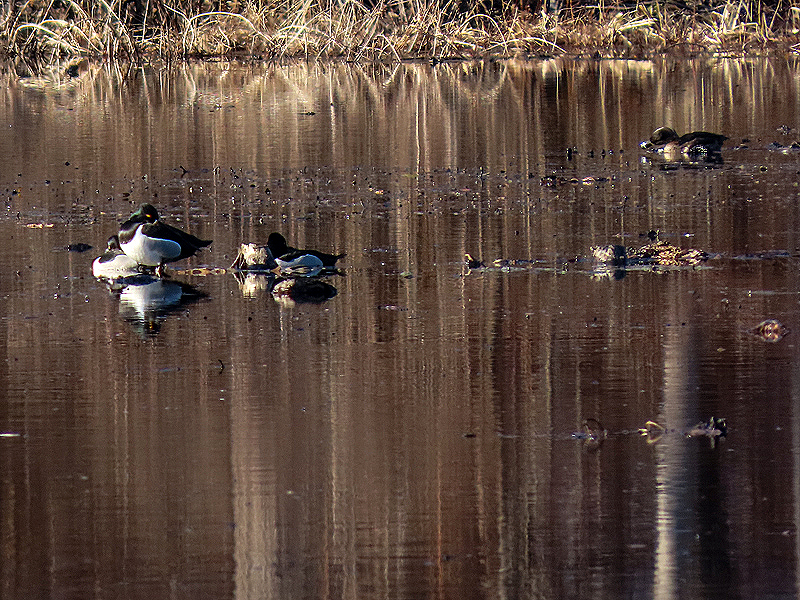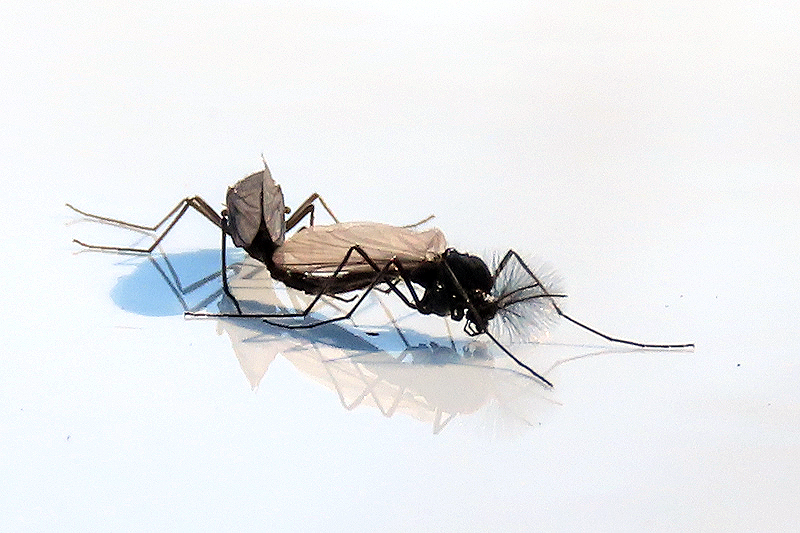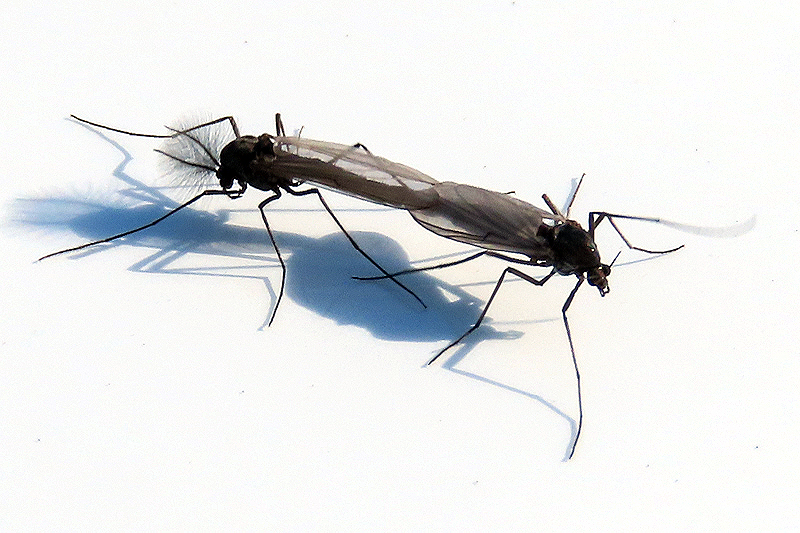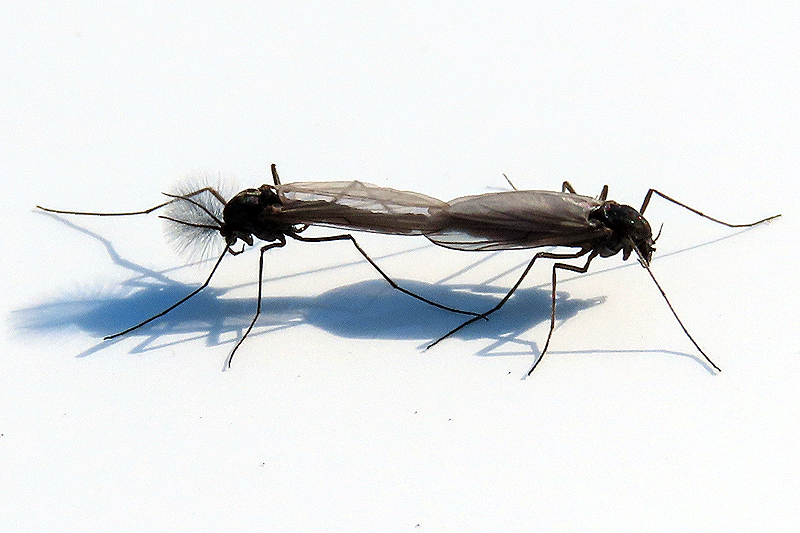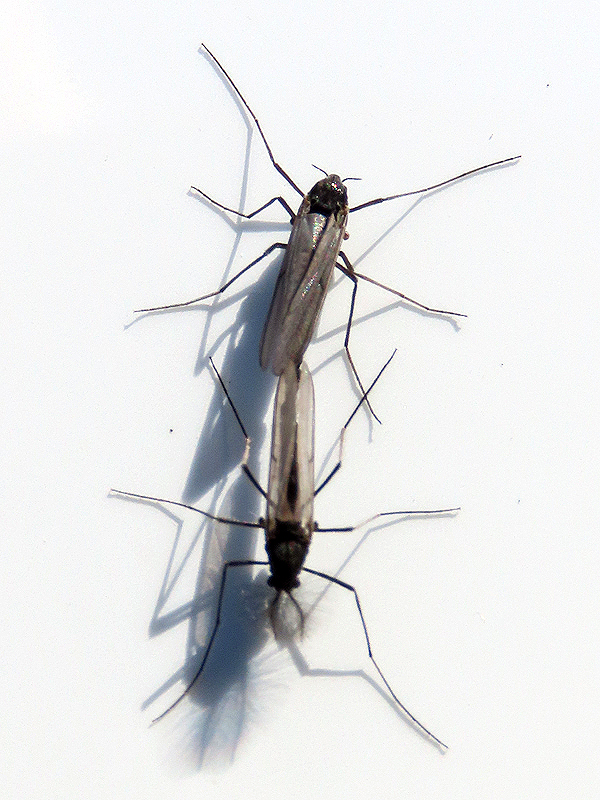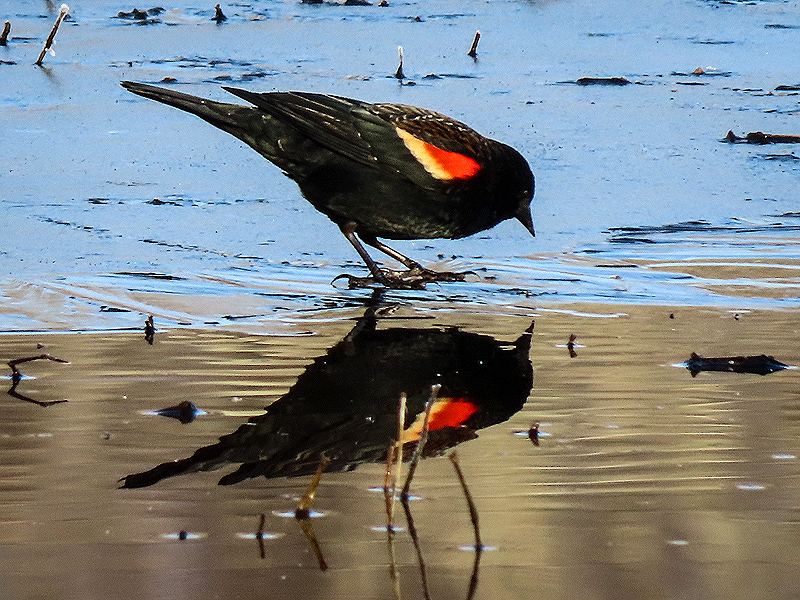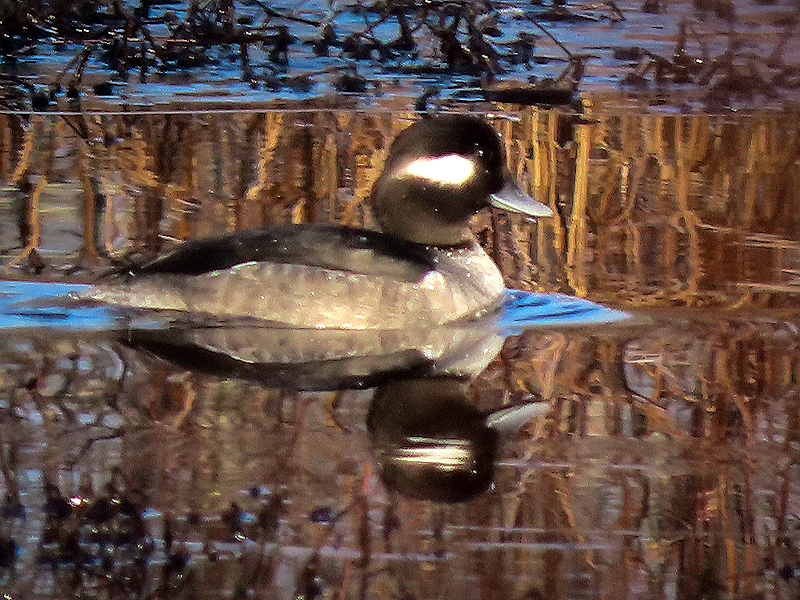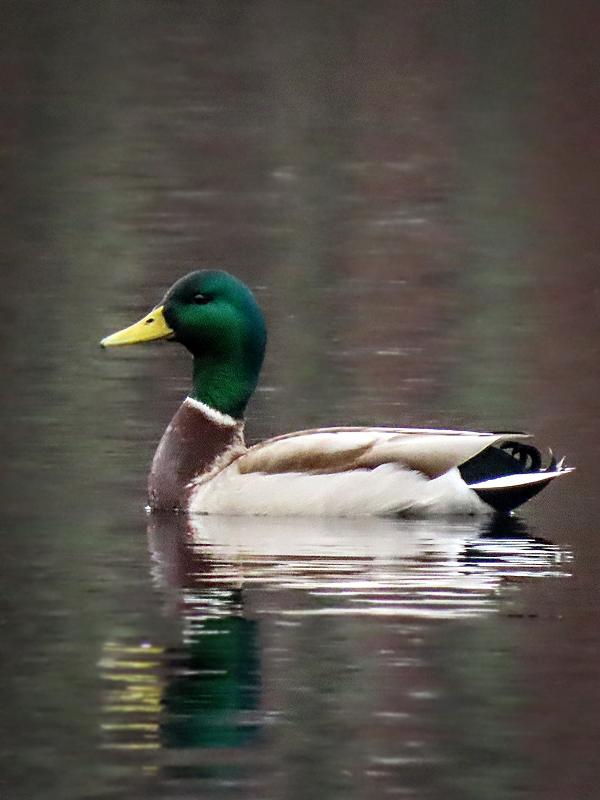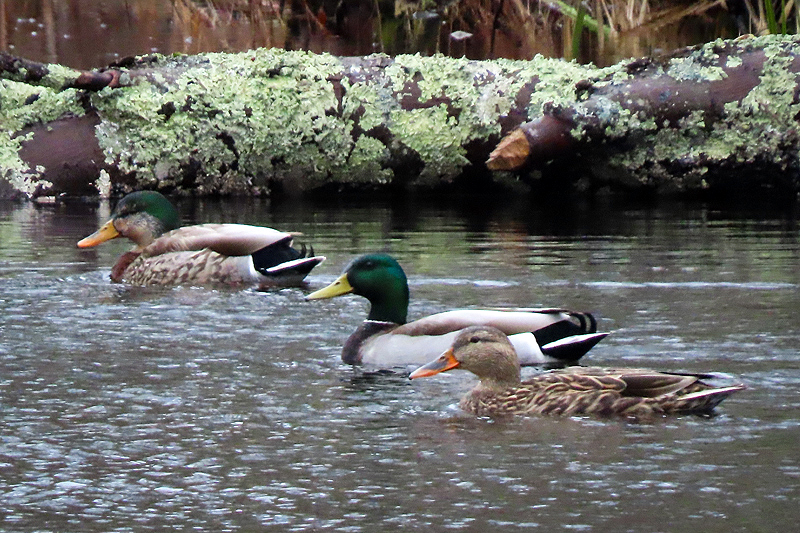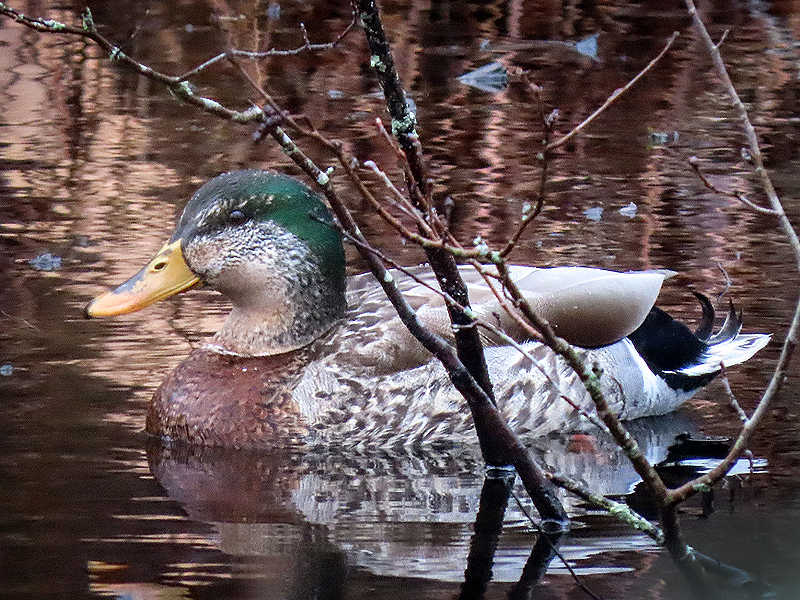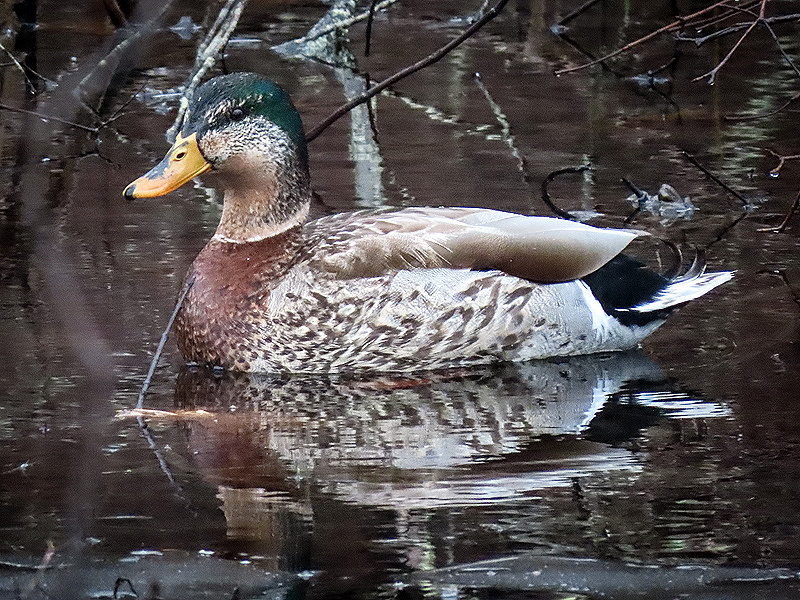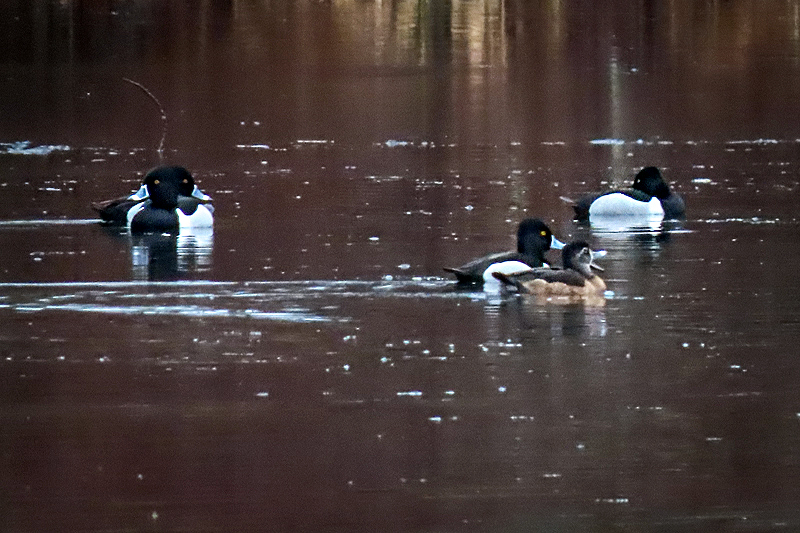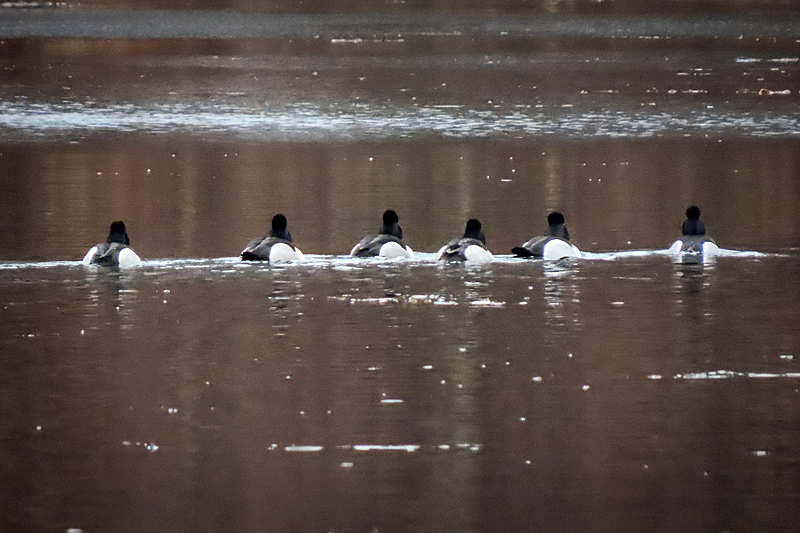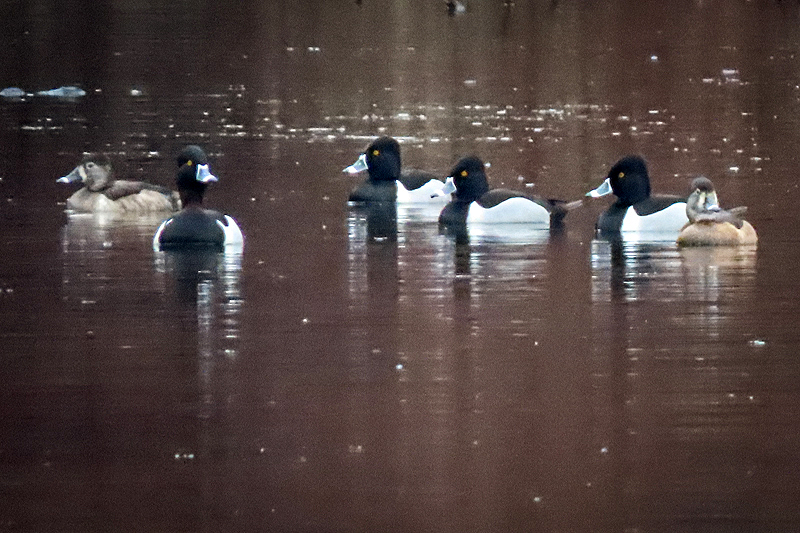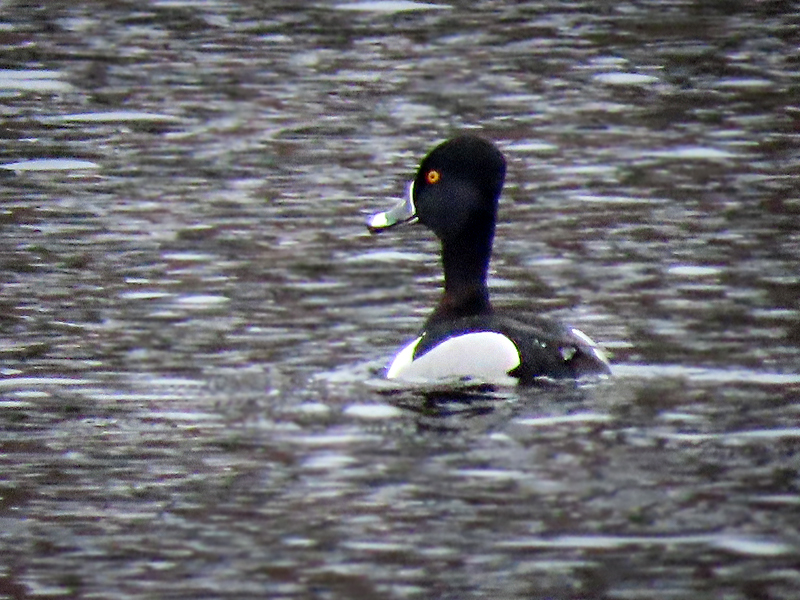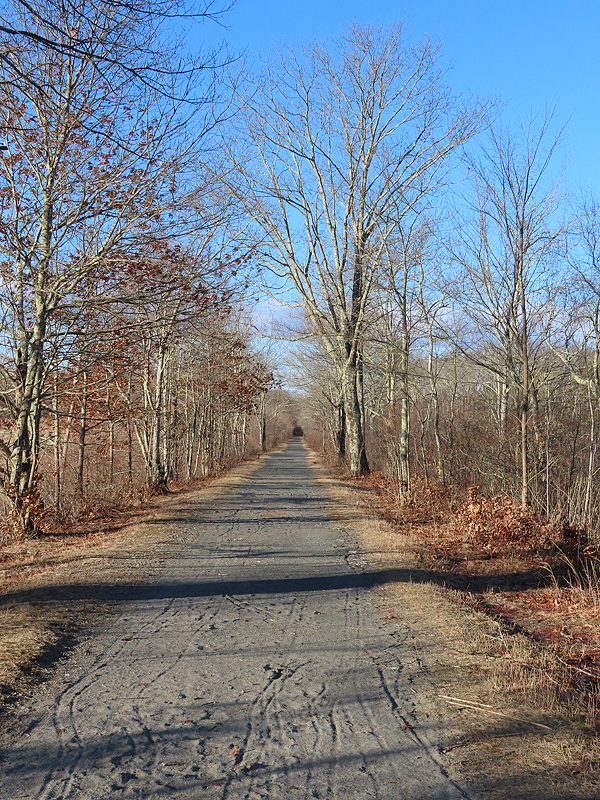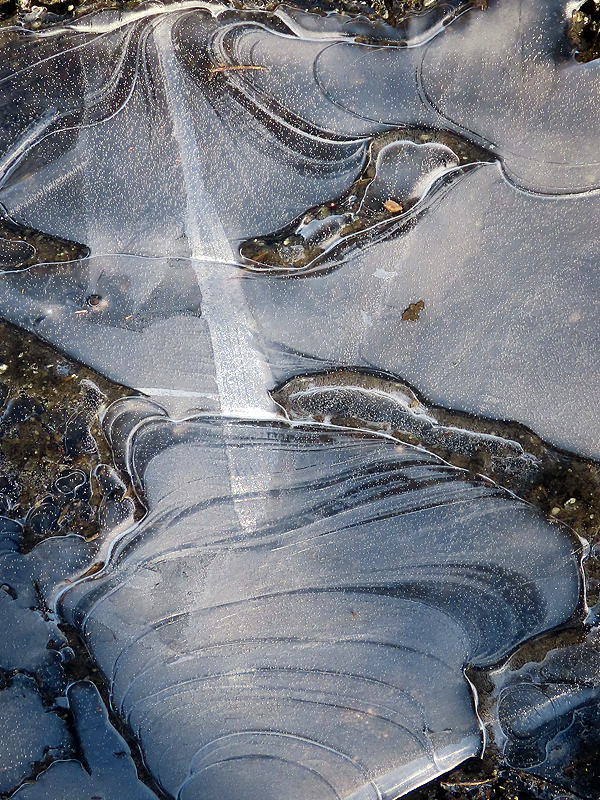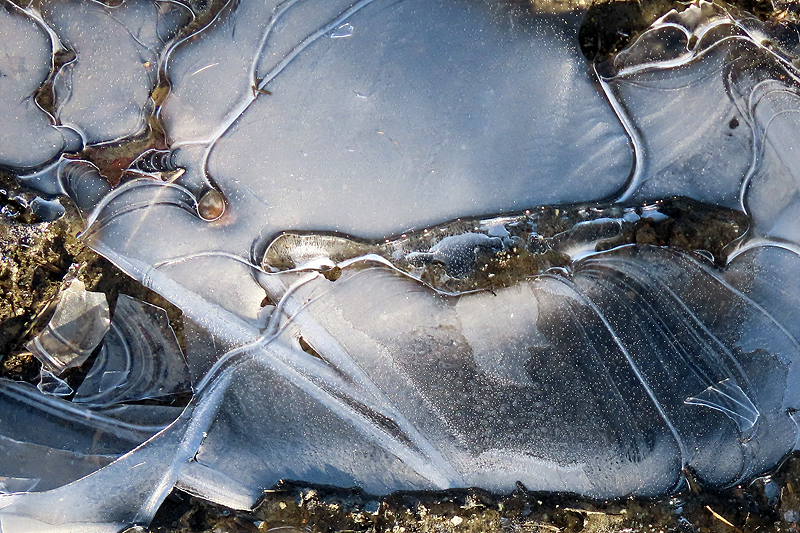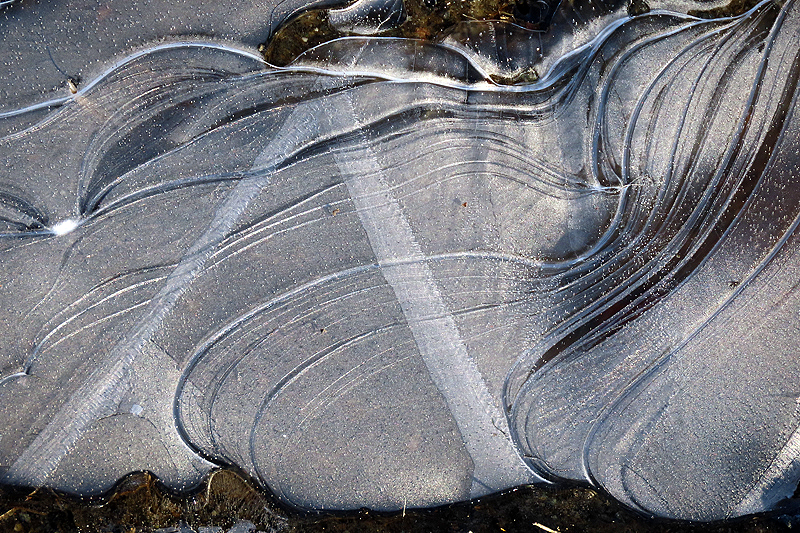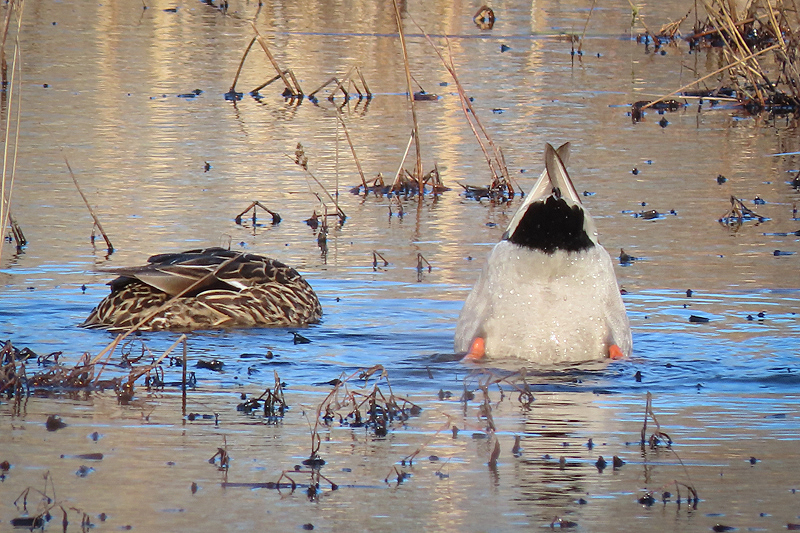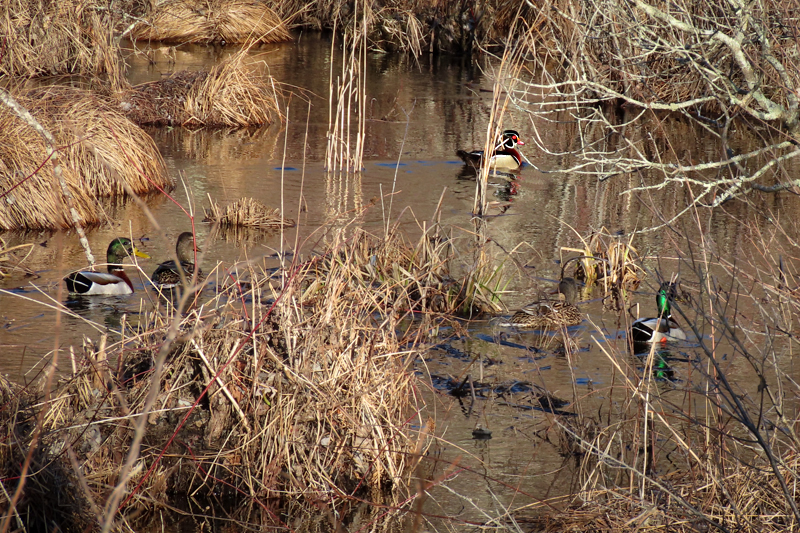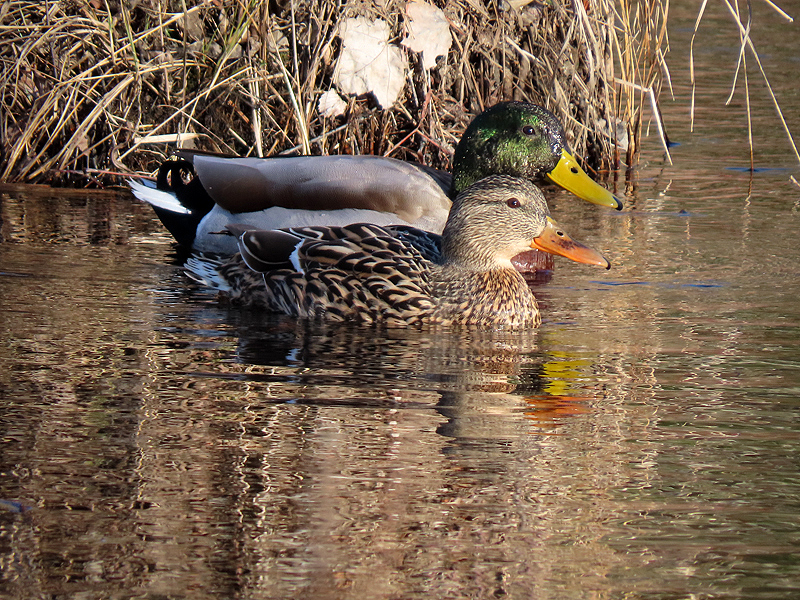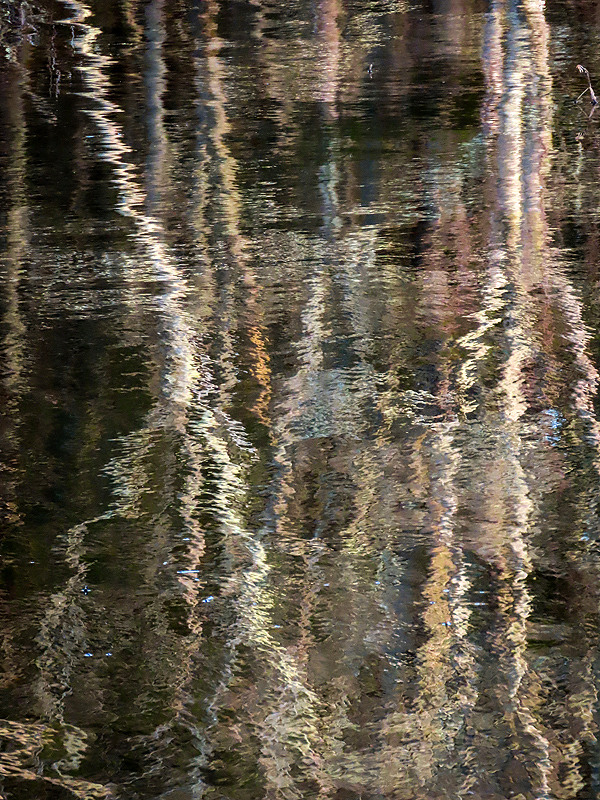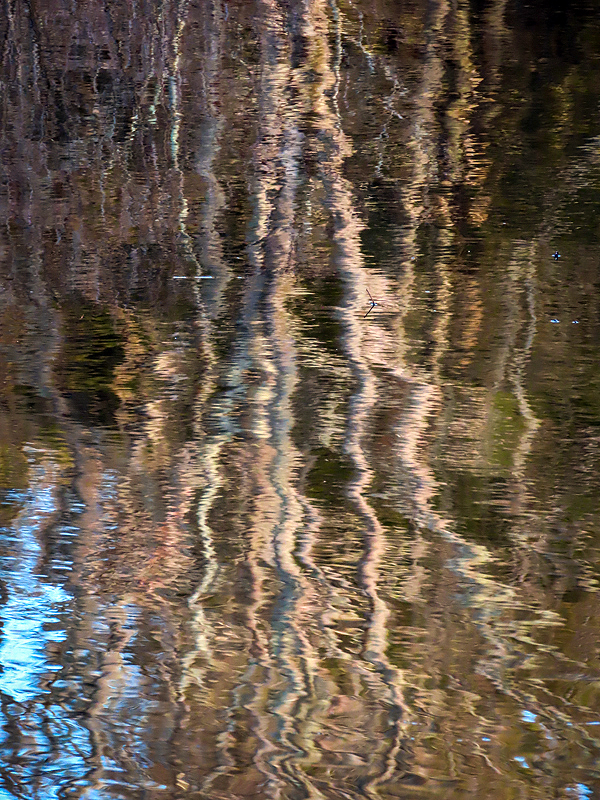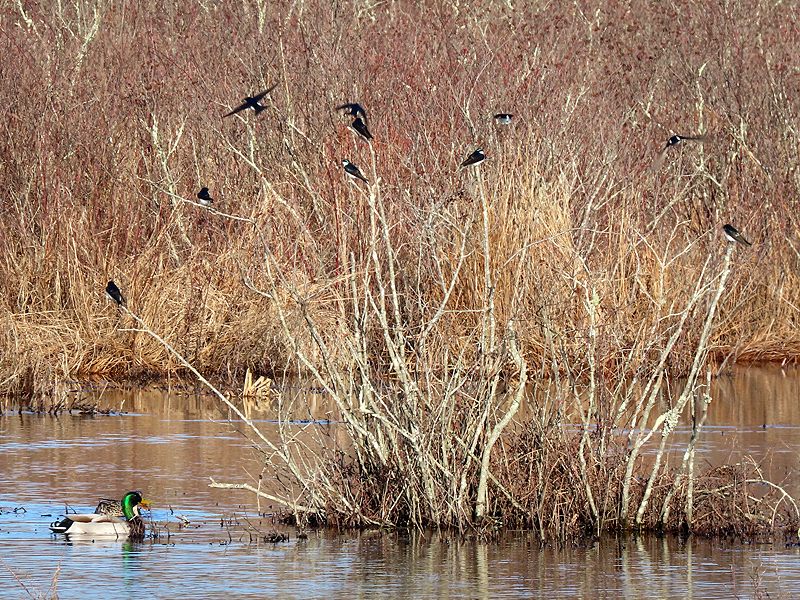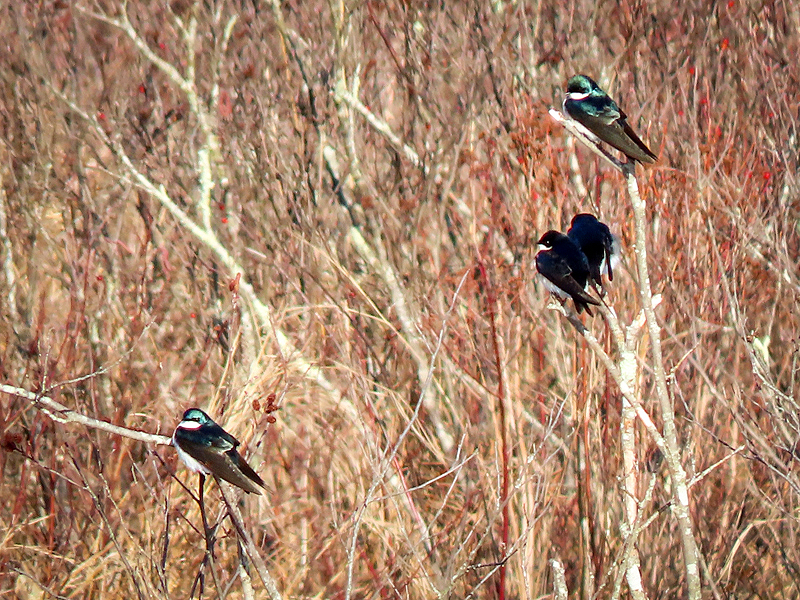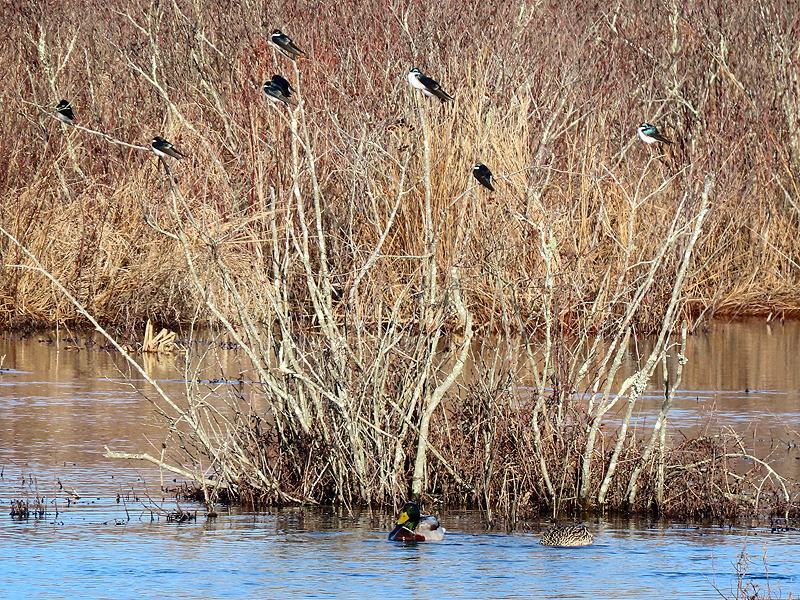Along the Air Line... 2023-2024 - Winter, Part 12 The Air Line Trail in Eastern Connecticut - Stan Malcolm Photos |
HOME: Air Line... 2024 Pages Menu Stan's FlickR Albums |
February 26th. Afternoon. 51 degrees. Ring-necked Ducks (Aythya collaris) at the pond just east of Route 207. |
|
|
A mated pair of Chironomid Midges (Family Chironomidae). Male with plumose antennae in the foreground. |
Here, the male is at the left. Female antennae are simple. |
The midges were landing on the hood of my white truck, not far from the stream that passes by near the Route 85 parking area. |
|
February 27th. Most of the snow and ice is gone, but the surface has been muddy in mid-day warmth. |
A lone Canada Goose (Branta canadensis) flew in calling and continued to call on the surface. |
A Red-winged Blackbird (Agelaius phoeniceus) foraging on the ice like Robins were doing recently. |
Today the female Bufflehead (Bucephala albeola) was around, but no sign of the male. (Awful picture, but the best I could manage.) |
February 28th. A male Mallard (Anas platyrhynchos) at the pond east of Route 207. |
Three more Mallards nearby. Note the coloration of the duck on the left. I first saw a duck like this on February 6th, 2023 (See: https://performance-vision.com/airline2023/airline-winter-22-23g.html). |
It's a VERY odd duck: upper surfaces of head and back, plus breast "male-ish"; lower head, beak, and sides "female-ish". |
As I wrote last year, "Such birds are described as "intersex"or "chimeras" and may result from quirks in embryonic development. According to this site, there are several ways intersex mallards can happen. (The "menopausal" female idea is interesting.) |
Even more Ring-necked Ducks (Aythya collaris) at the pond just east of Route 207. |
|
|
|
|
|
|
February 29th. Yesterday's rain and temps in the high 50s freed the marsh of snow and ice... |
...except for a couple of puddles which froze into some remarkable patterns overnight. |
|
|
|
|
Mallards (Anas platyrhynchos) enjoying the abundant open water. |
|
Male Red-winged Blackbirds (Agelaius phoeniceus) were calling, of course. Not much other bird sounds. |
Note the male Wood Duck (Aix sponsa). He quickly paddled out of sight... |
...while the more human-tolerant Mallards remained close. |
Tree reflections on wind rippled surfaces. |
|
|
Tree Swallows (Tachycineta bicolor) are back!!!!! |
|
I can only guess that they were feeding on hatching Midges (Family Chironomidae), though I think it was too cold for them. Ah, Cornell's All About Birds site (https://www.allaboutbirds.org/guide/Tree_Swallow/lifehistory#food) mentions that in cold weather they will get by on plant foods like berries. |
